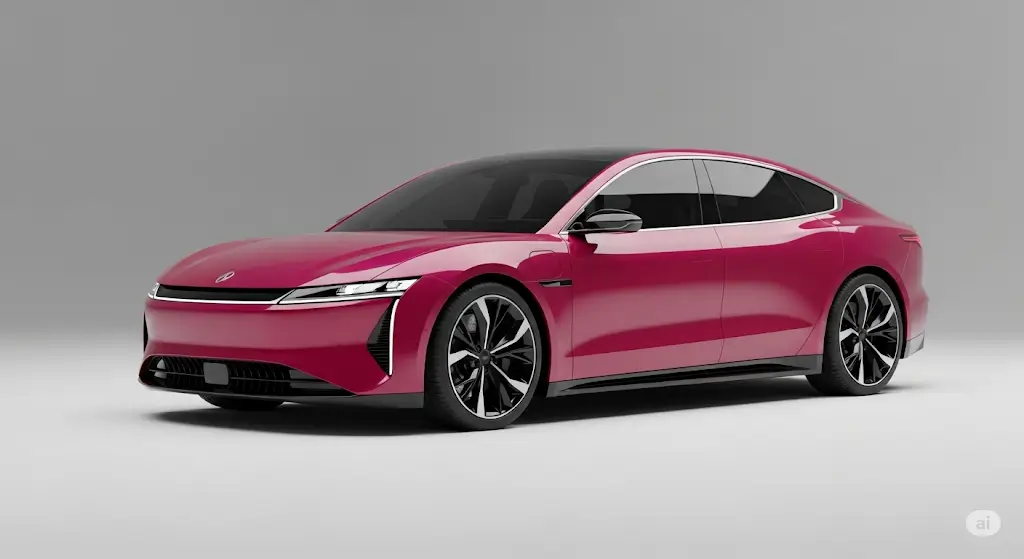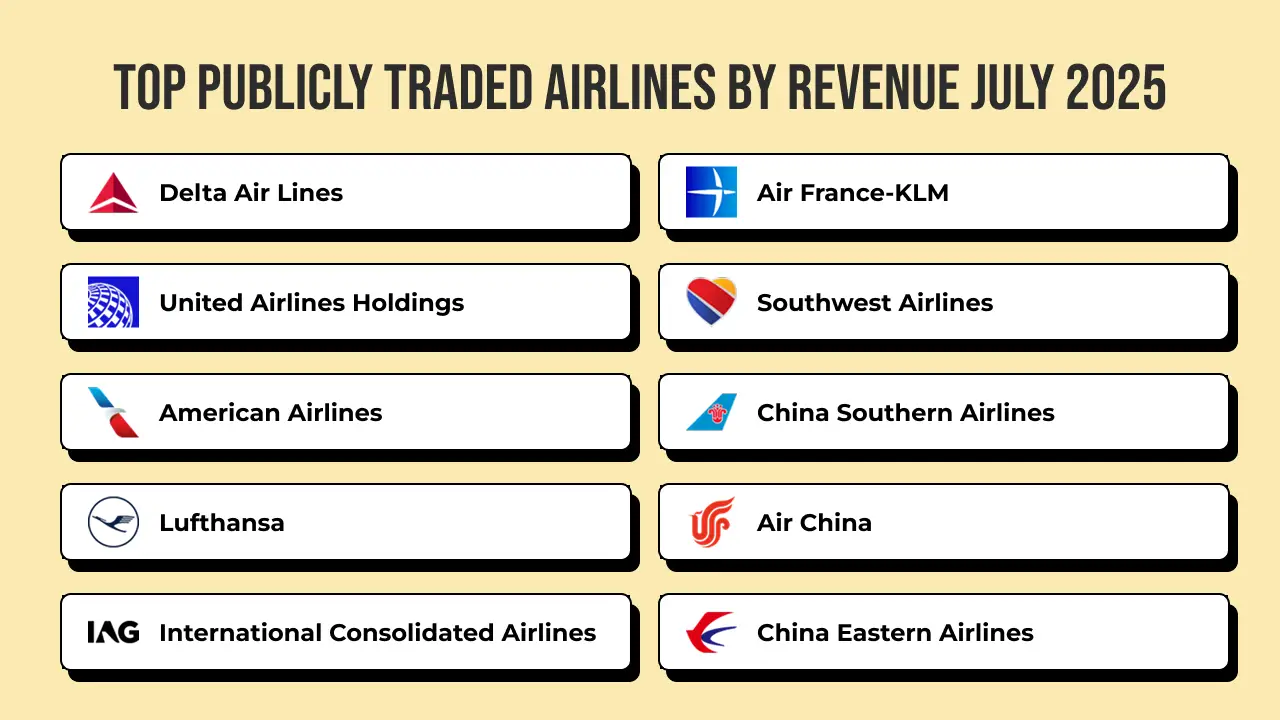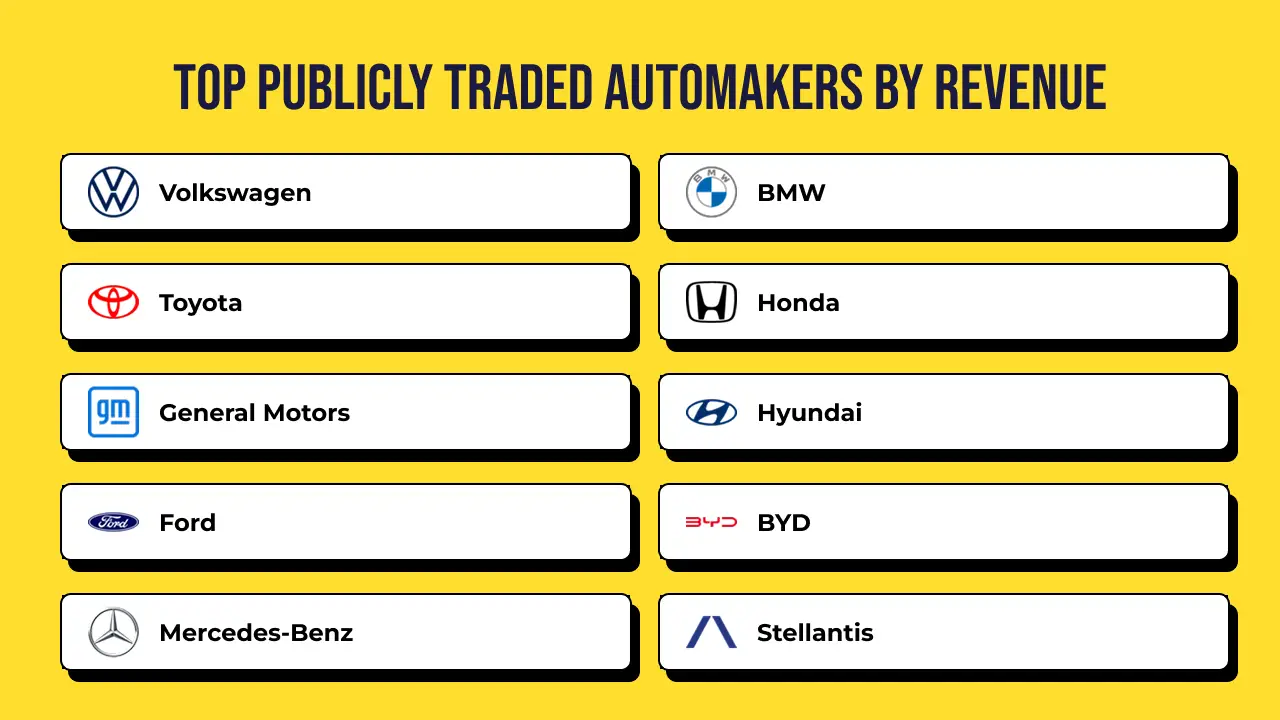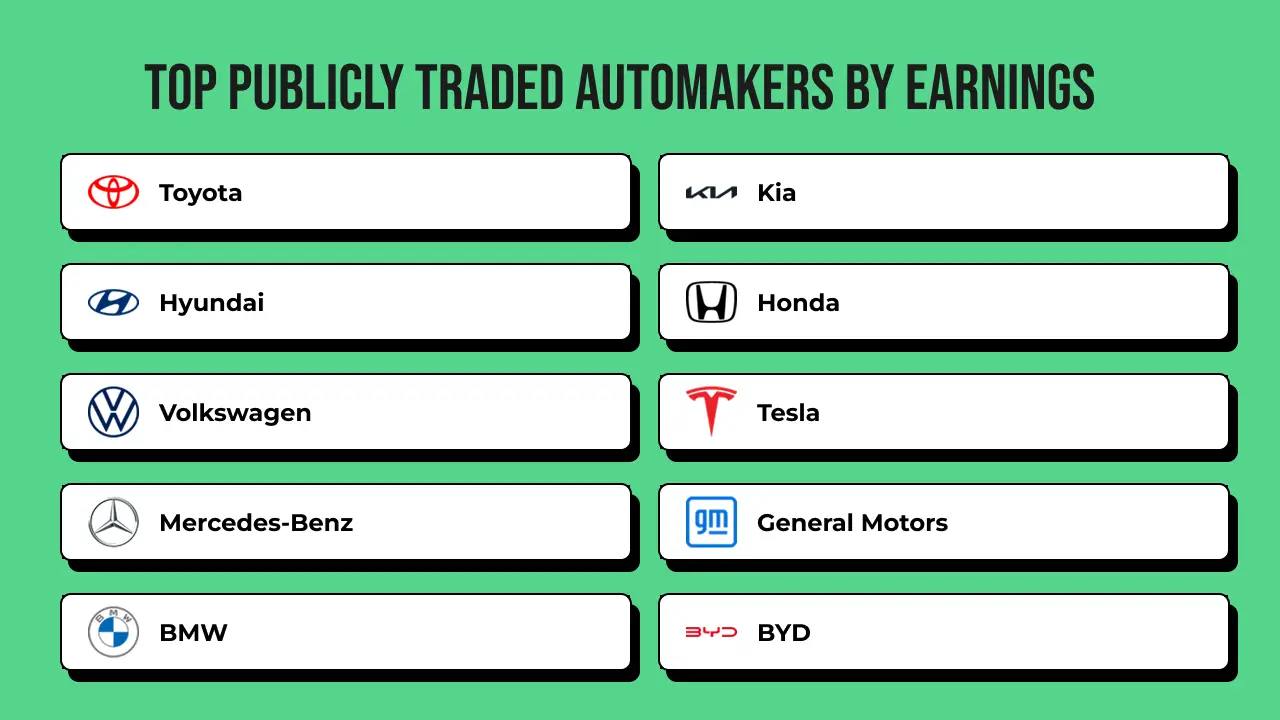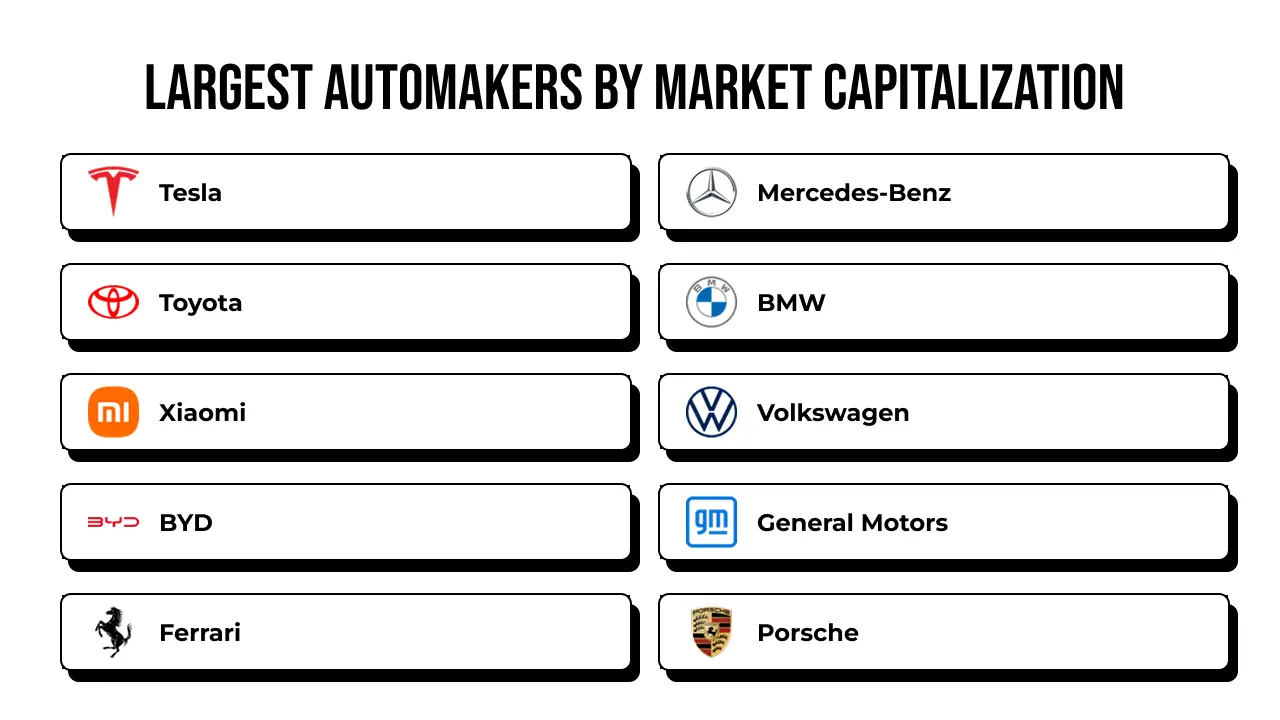I find the electric vehicle (EV) market to be one of the most dynamic sectors today, driven by a global push for sustainability and technological advancements. As of 2025, the global EV market is valued at approximately $600 billion, with projections indicating it will soar to $1.5 trillion by 2030, reflecting a compound annual growth rate (CAGR) of around 20%. This surge is fueled by increasing consumer demand, supportive government policies, and declining battery costs, which have made EVs more accessible. The rise in global energy prices and heightened environmental awareness have also accelerated adoption, particularly in urban areas where emissions regulations are stringent. My analysis suggests that the market’s growth is underpinned by significant investments in charging infrastructure and renewable energy integration, which are critical to sustaining this momentum. While challenges like supply chain constraints for critical minerals persist, the market’s trajectory remains robust, with sales of electric vehicles expected to surpass 30 million units annually by the end of the decade. This growth reflects not only economic potential but also a transformative shift in how I perceive mobility, aligning with global efforts to combat climate change.
When I look at the segments driving this market, passenger vehicles, commercial vehicles, and two-wheelers stand out as the primary categories. Passenger vehicles, particularly battery electric vehicles (BEVs), hold the largest share, accounting for over 70% of the market in 2025. This dominance is due to widespread consumer adoption, driven by models like sedans and SUVs that cater to diverse preferences. Commercial vehicles, including electric buses and delivery vans, are gaining traction, especially in regions with urban-focused policies, but their share remains smaller, at around 20%. Two-wheelers, such as electric scooters, are growing rapidly in markets like Asia, where affordability and congestion drive demand, yet they represent less than 10% of the market. The passenger vehicle segment’s lead is no surprise to me, given the focus on personal mobility and the availability of models across price points. Innovations in battery range and fast-charging technology further bolster this segment’s appeal, making it the cornerstone of the EV market’s expansion.
The competitive landscape of the EV market fascinates me, with several companies shaping its direction. Tesla remains the undisputed leader, commanding a significant share due to its innovative technology, brand loyalty, and expansive Supercharger network. Following closely are BYD, a Chinese giant excelling in both passenger and commercial vehicles, and Volkswagen, which has heavily invested in its ID series to capture the European market. Other notable players include General Motors and Stellantis, both of which are scaling up EV production to meet regulatory demands. Tesla’s dominance stems from its early-mover advantage and vertical integration, but I’m intrigued by BYD’s rapid rise, particularly in Asia, where it leverages cost efficiencies. The competition is fierce, with traditional automakers like Volkswagen transitioning from internal combustion engines to EVs, while startups like Rivian challenge the status quo with niche, high-performance models. This diversity of players ensures constant innovation, keeping the market vibrant and consumer-focused.
Geographically, the EV market’s growth varies significantly, and I’ve noticed distinct leaders in adoption. China leads as the largest market, driven by government incentives, robust manufacturing, and a vast consumer base, accounting for nearly 50% of global EV sales in 2025. Europe follows, with countries like Norway and Germany pushing aggressive decarbonization policies, contributing about 30% of sales. The United States, while growing, holds a smaller share at around 15%, with adoption concentrated in states like California. Emerging markets like India are also gaining momentum, driven by two-wheeler adoption and government subsidies, though they represent a smaller fraction. China’s dominance doesn’t surprise me, given its scale and policy support, but Europe’s rapid progress, particularly in Norway where EVs dominate new car sales, is impressive. These regions highlight how policy, infrastructure, and cultural attitudes shape market dynamics, with each country offering unique lessons in EV adoption.
The EV market is buzzing with innovation, and I’m particularly excited about recent advancements and trends. The latest breakthrough is in solid-state batteries, which promise faster charging, longer ranges, and improved safety compared to traditional lithium-ion batteries. Companies like Toyota are leading this charge, with prototypes expected to hit the market by 2027. Top trends include the integration of artificial intelligence in autonomous driving systems, with Tesla and Waymo pushing boundaries in self-driving technology. Another trend is vehicle-to-grid (V2G) systems, allowing EVs to supply power back to the grid, enhancing energy resilience. I also see growing emphasis on sustainable materials, with manufacturers exploring recycled components to reduce environmental impact. These innovations signal a future where EVs are not just vehicles but integral parts of a connected, sustainable ecosystem, reshaping how I think about transportation and energy.

